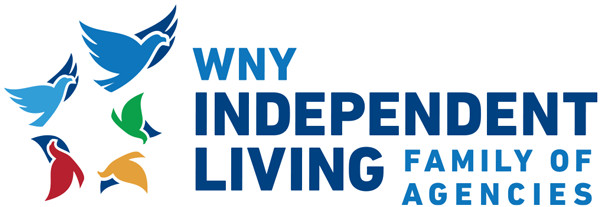Public Relations
Independent Perspective
Western New York Independent Living’s Weekly Podcast is designed to provide updates about agency and community service, programs, and events.
Recent Episodes
January 18, 2026
ILGR’s ARTiculations Exhibition Project with Rae Frank & Llana Cowie
January 11, 2026
MHPC’s Job Club and Vocational Skills Training with Amanda Hergert
January 4, 2026
Facilitated Enrollment for the Aged, Blind and Disabled with WNYIL’s Robert Brandon
December 28, 2025
An Overview of WNYIL’s CORE Program with Healthy Living Coordinator Robert Brandon
To listen to additional episodes, visit the Independent Perspective podcast site.
Independent Perspective In-Depth
Learn about some of WNYIL’s programs and services in-depth.
Recent Episodes
We’re Here to Help You.
Do you have feedback, questions or concerns? Call 1-800-348-8399 or click the link below for assistance.
